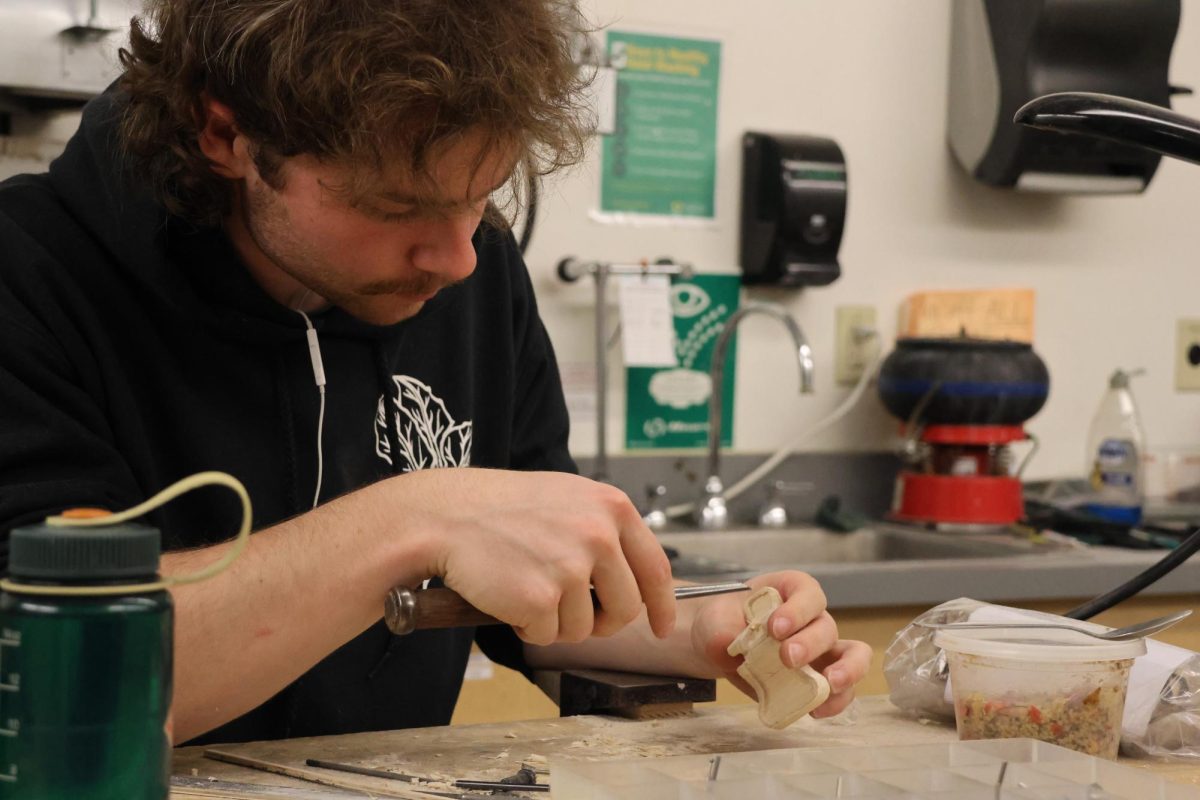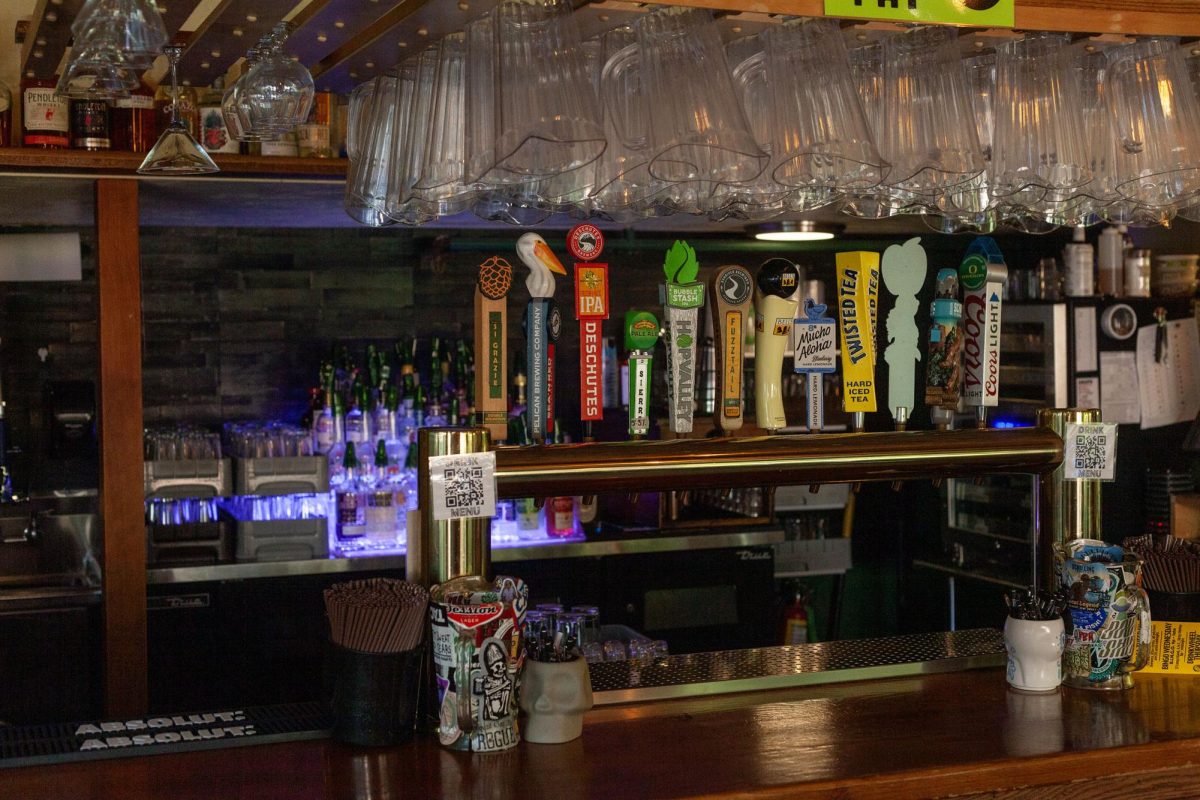Opinion: Have you ever gotten so used to college life that you forgot the rest of the country isn’t like that? Have you ever gone home and then remembered you need a car in order to go anywhere? If the answer is yes, haven’t you ever wondered why?
———-
College campuses are a walker’s paradise in this country. They present accessibility and the chance to not even notice the absence of cars. It’s something I never thought I would experience in this country, so I was over the moon when I toured UO and saw how easily I could get around.
I was excited that all my friends were just a five-minute walk away as opposed to a 10-minute drive. Eventually, it led me to question why more parts of this country aren’t walker-friendly.
According to National Geographic’s “Greendex”, the U.S. came in last for both public transportation use and for walking.
The U.S. does, however, have the largest amount of freeways and motorways out of any other country. So, what does this tell us? To me, it signifies where the transportation investments are being directed. It signifies the investments this country makes in cars and motorcycles.
Considering this is a capitalist country in which people tend to follow the course that makes them the most money, this investment in car travel seems almost foolish. I say that based on the fact that American homebuyers in metro areas are reportedly willing to spend 35% more in rent to live in a walkable area.
When we think about it like that, it doesn’t seem logical to be ignoring the wants or the people spending their money.
In the 1930s there was a process in the U.S. known as mass motorization. This was when the cost of cars went down in the U.S. to increase the amount being built. This led to the number of automobiles in the U.S. not only ballooning but also overtaking our Western European counterparts. At this time,, most cities in Western Europe began pushing their public transportation options and guiding the public away from cars.
From a historical perspective, it makes a lot of sense that America invested in freeways after such a surge in automotive purchases. The U.S. is a large country without a long history of horse-drawn carriage cities, like its European counterparts, so the switch to carless city centers is not an easy one to make. Having said that, the 1930s was almost 100 years ago. It may be time to readjust the focus of transportation, especially after the pandemic.
During the COVID-19 pandemic, people were driving less by 42%. We were stuck inside, and when we got outside, I think most of us wanted the fresh air of walking or biking. Our emissions reportedly went down by 4.6% in 2020 alone. We should try to keep it that way.
Now seems like the natural time to make the changes.
Unfortunately, this is not easily fixable. “It’s all about design,” Marc Schlossberg, a planning public policy and management professor here at the UO, said.
Often, there are zoning regulations that do not allow for commercial buildings to be created in residential spaces. This means that there are spaces for housing that can legally only have other housing.
“Street and city design dictates behavior,” Schlossberg said when asked why he thinks so many Americans drive as opposed to walking.
Hurdles like this make it almost impossible for developers to create walkable spaces without lobbying for the right to.
(There are) “Developers who want to build this stuff, and there’s people who want to pay for it, it’s just the policy that is a bit slow,” Schlossberg said.
Gamlen: College campuses versus the pursuit of walkable cities
February 8, 2024
Individuals walk across campus on a dreary afternoon. (Molly McPherson/Emerald)
More to Discover
About the Contributors
Milly Gamlen, Opinion Columnist

Molly McPherson, Photo Editor
Molly is currently serving in her second year as the Photo Editor for the Daily Emerald. She worked as a photojournalist on the desk for almost two years prior to joining as an editor. To see more of her work, follow her Instagram @mediaxmolly and view her website mediaxmolly.com







